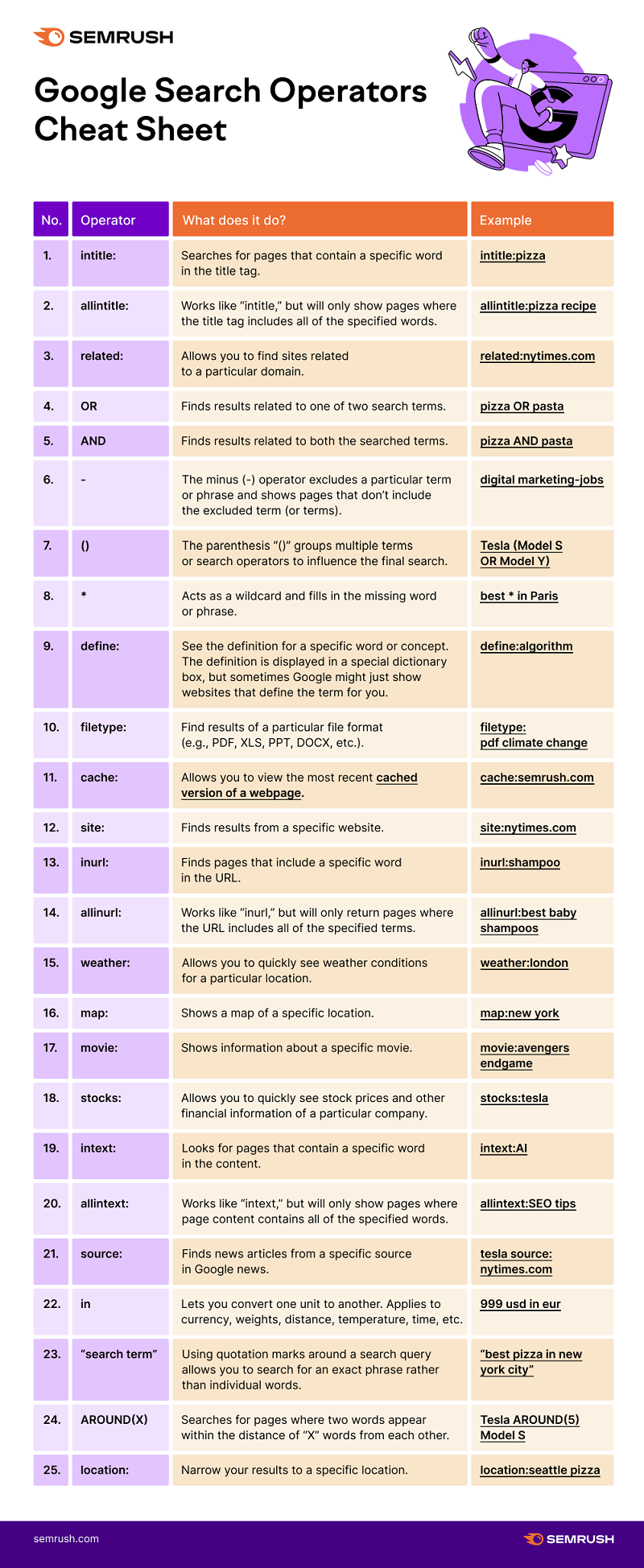Over the past year, Meta has been working to improve its ad targeting processes, in line with the latest data privacy shifts and restrictions, which has also included a bigger focus on AI, and using automation to maximize performance.
And lately, its automated ad systems have been producing much better results.
In its most recent earnings announcement, Meta explained that its Advantage+ campaigns, which utilize Meta AI to maximize ad performance, are now proving beneficial for many brands.











